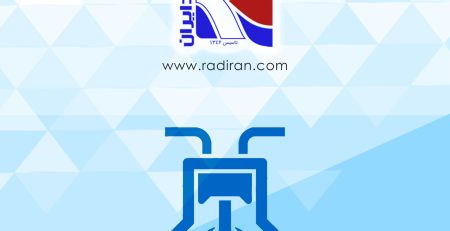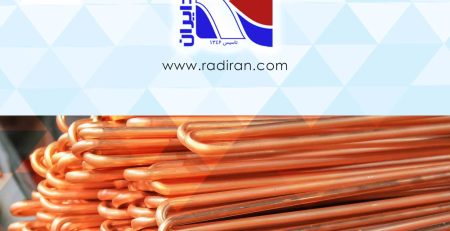Types of Condensers
Main Concept:
Condensers operate based on the principles of heat transfer, which involves the movement of heat from warmer environments to cooler ones. The functioning of a condenser involves three basic phases:
- Phase One: Desuperheating
-
- In this phase, the highly heated and pressurized refrigerant vapor entering the condenser first loses its heat. This process aids in the initial cooling of the refrigerant.
- Phase Two: Condensation
-
- Once sufficient heat has been removed from the refrigerant vapor, the condensation process begins. In this stage, the refrigerant, still in gas form, is converted into a liquid state.
- Phase Three: Sub-cooling
-
- In this final stage, the liquid refrigerant is further cooled to ensure that even with a temperature increase, it does not revert back to vapor. This process guarantees that the refrigerant returns at a low temperature.
Types of Condensers
There are four main types of condensers used in HVAC systems, each with a specific method for heat extraction:
- Direct-contact Condensers:
-
- In this type, hot gas mixes with cold liquid. This mixture facilitates direct heat exchange, converting vapor into liquid. Due to its high efficiency, this model is a popular cooling solution.
- Air-cooled Condensers:
-
- This type transfers the extracted heat to the outside air and is typically installed in household refrigerators and freezers for small commercial applications.
- Water-cooled Condensers:
-
- In this type, heat is extracted using flowing water. These condensers require a continuous water source and are generally used in larger industrial refrigeration systems.
- Evaporative Condensers:
-
- This type serves as a solution in situations where installing other types of condensers is not feasible. If there is insufficient water for a water-cooled condenser, an evaporative condenser can use air to extract heat from the system.












